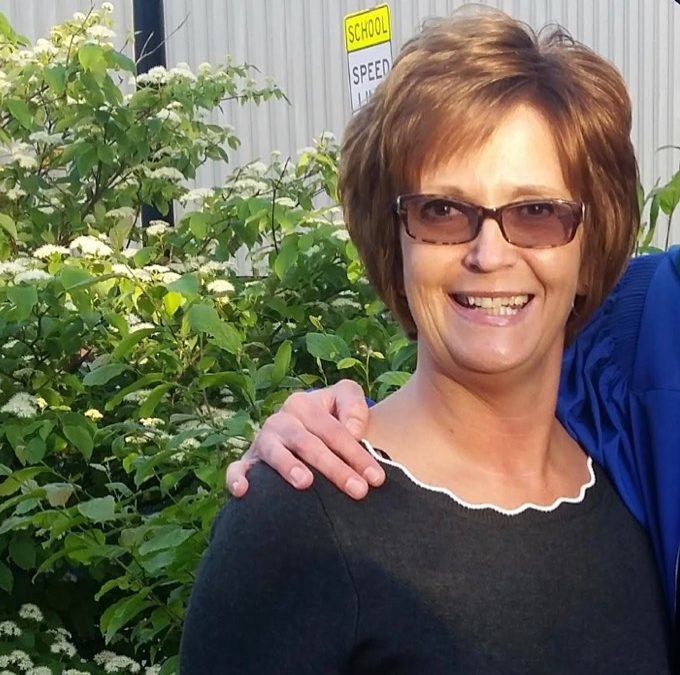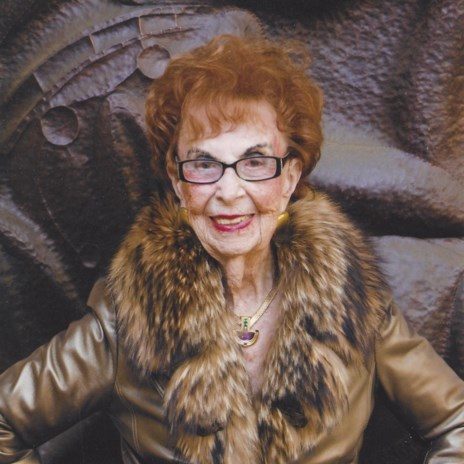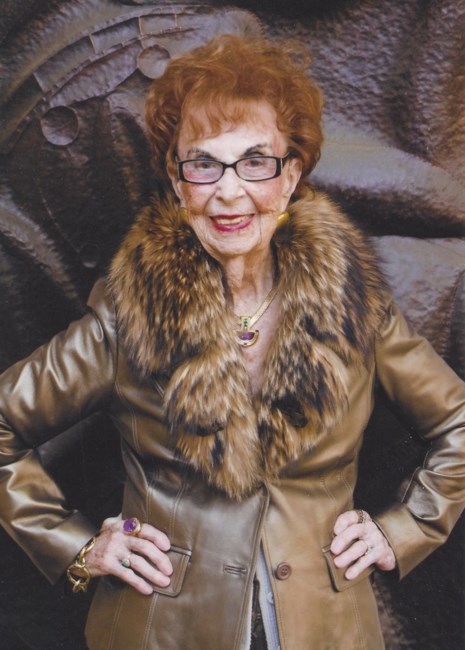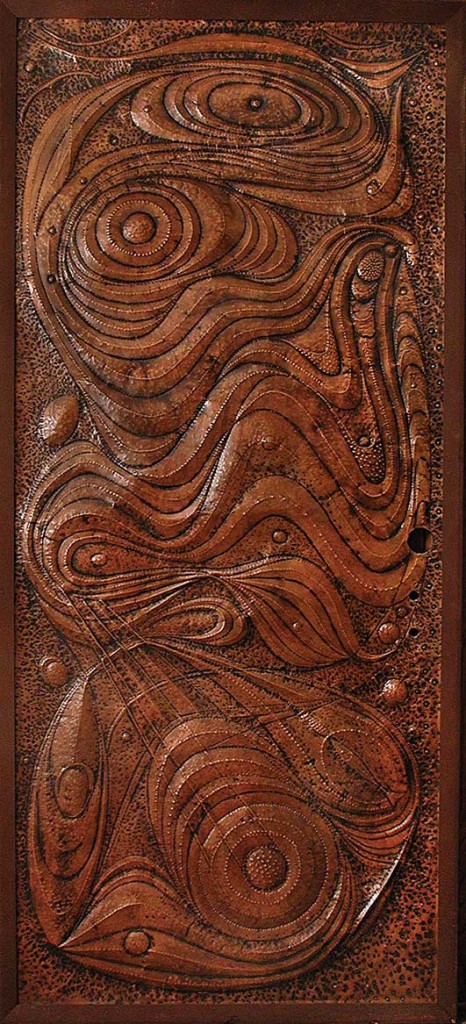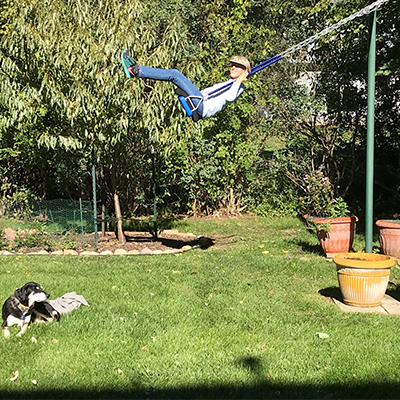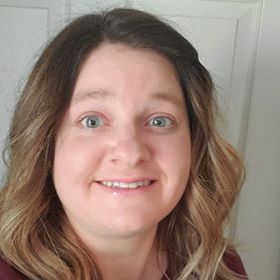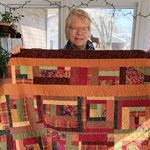
Thanks to Corneal Transplantation, Fabric Artist Creates Beautiful Quilts Again
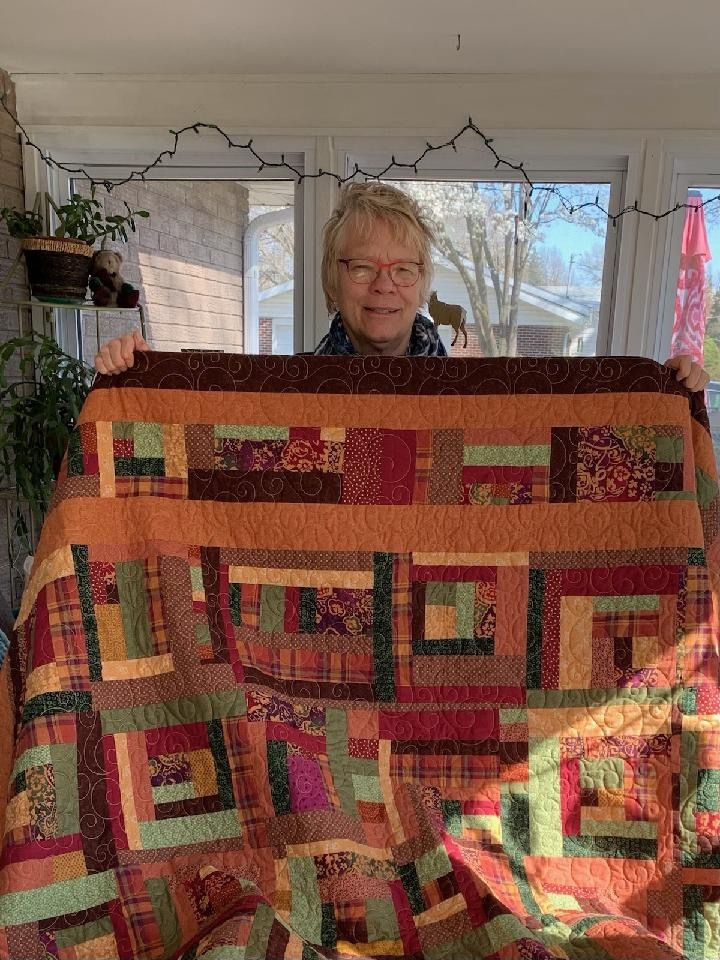 For Connie, the road to restored sight was a journey she wasn’t sure would happen. At first, a deep vein thrombosis (DVT) blood clot in her leg stopped the process and she had over six months of healing before she could try her eye surgery again. During her second scheduled appointment, COVID hit and shut down all elective surgeries. After waiting one and a half years, it seemed the third time was the charm, and Connie received her corneal transplants in June and August of 2020.
For Connie, the road to restored sight was a journey she wasn’t sure would happen. At first, a deep vein thrombosis (DVT) blood clot in her leg stopped the process and she had over six months of healing before she could try her eye surgery again. During her second scheduled appointment, COVID hit and shut down all elective surgeries. After waiting one and a half years, it seemed the third time was the charm, and Connie received her corneal transplants in June and August of 2020.
Awaiting Corneal Transplants
While healing from her DVT blood clot, Connie wasn’t sure if she would ever be able to have her corneal transplants because she was having trouble both walking and seeing. “I reached out to the Springfield Missouri Council of the Blind and they were a great help. They brought me magnifying glasses and books on tape through Woolford Library. Everything they do is free, and they even brought me the best sunglasses. It was so easy, and they were so kind – I appreciated it so much.”
Connie, 72, says she lives about an hour outside of Springfield on 100 acres and in a home she built about 40 years ago. The Council of the Blind came out to her house since she wasn’t able to drive. “I’m not ready to give up my land and my house. They helped me out enough that I can not only survive out here but thrive.”
Corneal Transplantation Experience
“For the last ten years, I had been dealing with Fuchs dystrophy. I think I could have lived with Fuchs a little bit longer, but my cataracts started to get really bad,” says Connie.
“My surgeon, Dr. Seagrave, was just exceptional and so was his nurse Barbara. My experience was a surgery that lasted about an hour and there wasn’t any pain involved.” Dr. Seagrave was able to perform her cataract surgery and corneal transplant surgery at the same time. “He said doing them together was the most efficient and it gave me less overall healing time. That’s why I like Dr. Seagrave, because I felt he was up to date in procedures. It was wonderful only having two surgeries instead of four.”
Life After Transplantation
“I can’t tell you how much it means to have my vision back.” Connie can get back to her fabric studio in her home. “I used to do a lot of intricate handwork. I love quilting and embroidery. I was noticing how bad my vision was getting because it was getting hard to see to do that. Now I’m able to do it again! I did an incredible quilt for my daughter this year with lots of precision cutting.”
Connie has also always been a huge reader and it was challenging for her not being able to read print. She’s happy to see to read again, though she still isn’t able to read regular print easily. She has been reading on a backlit Kindle since she was first diagnosed.
Connecting Through Saving Sight’s Correspondence Program
“I wrote a letter to the donor families. My whole philosophy of life is to just be grateful for what you have. When I had the corneal transplant, it was like getting a superpower. When this happened and it worked, I just realized how lucky I was. If somebody hadn’t donated corneas, I wouldn’t be able to see.”
“I decided to wait to write the letters until both transplants were done. I thought, what a heavy letter. I wanted to say thank you and tell them how much it really changed my life.”


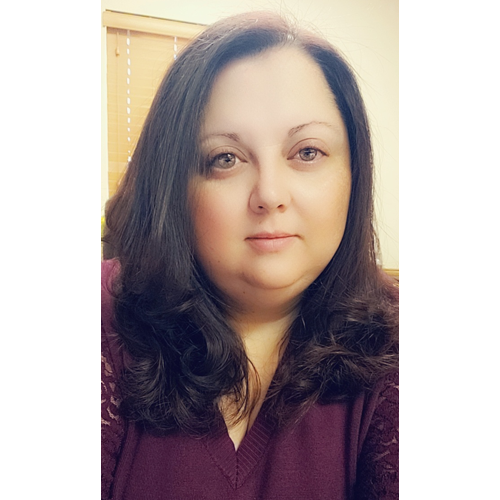
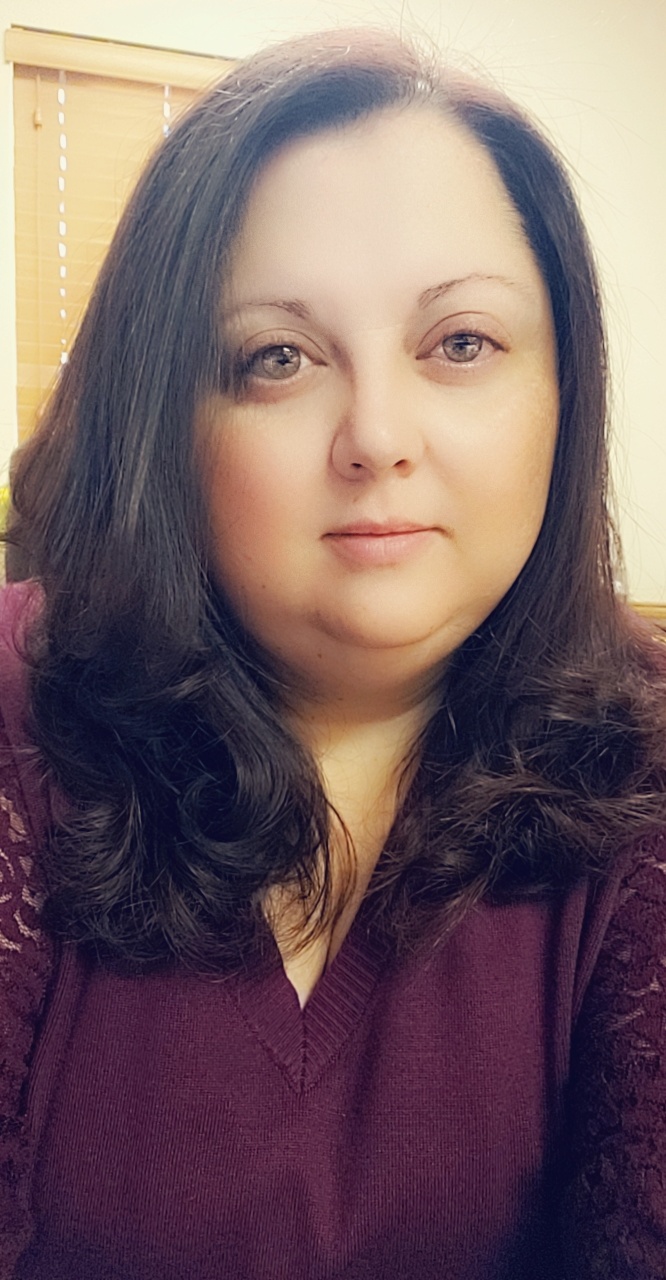 “I was diagnosed with keratoconus, which basically deteriorates your cornea,” says Stephanie. “I have the disease in both eyes, but my right eye ended up progressing a lot faster than my left and made it necessary that I have a cornea transplant.” She adds that though the thought of having her first cornea transplant was scary, it ended up being a pleasant experience.
“I was diagnosed with keratoconus, which basically deteriorates your cornea,” says Stephanie. “I have the disease in both eyes, but my right eye ended up progressing a lot faster than my left and made it necessary that I have a cornea transplant.” She adds that though the thought of having her first cornea transplant was scary, it ended up being a pleasant experience. 